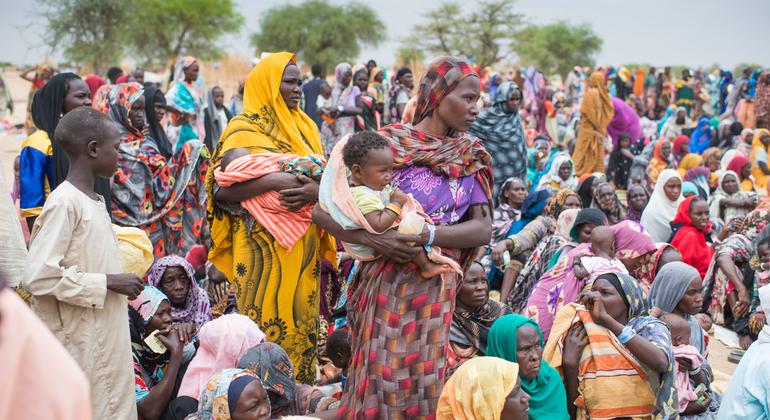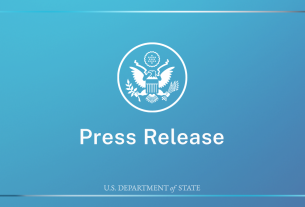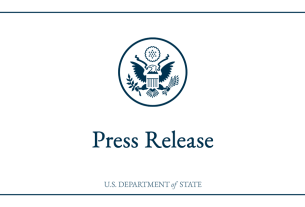The updates were made in a preliminary summary of the Regional Response Plan for Sudan, that was presented to donors in Geneva.
The funding will cover immediate support in Chad, South Sudan, Egypt, Ethiopia and the Central African Republic. A more detailed plan will be launched next week.
More help needed
Raouf Mazou, UNHCR Assistant High Commissioner for Operations, pointed to the “tragic” humanitarian situation that has emerged in Sudan since fighting between rival military forces broke out nearly three weeks ago, killing more than 500 people.
The dire conditions include food, water and fuel shortages, as well as limited access to transport, communications and electricity. Access to healthcare has also been critically impacted, ongoing insecurity has prevented people from leaving dangerous areas, and the cost of basic items has skyrocketed.
UNHCR has been coordinating contingency planning with partners for new arrivals to countries bordering Sudan. The crisis has uprooted Sudanese citizens but also refugees who are now returning to their homelands, and other nationals.
“UNHCR and partners have emergency teams in place and are assisting authorities with technical support, registering arrivals, carrying out protection monitoring and strengthening reception to ensure urgent needs are met,” Mr. Mazou said. “This is just a start. More help is urgently needed.”
Refugees and returnees
The Regional Response Plan was drawn up by UNHCR together with 134 partners, including sister UN agencies, national and international non-governmental organizations, and civil society groups.
The 860,000 preliminary projection anticipates that some 580,000 people would be Sudanese; 235,000 returned refugees previously hosted by Sudan, leaving amid adverse conditions, and 45,000 refugees of other nationalities. Most arrivals are expected to flock to Egypt and South Sudan.
The fighting has already displaced over 330,000 people inside Sudan and forced over 100,000 to leave. UNHCR has also launched a data portal that will update daily refugee and returnee arrivals in neighbouring countries.
Whole region at risk
The Regional Response Plan will support host countries to ensure access to asylum, life-saving humanitarian assistance, and specialized services for the most vulnerable.
Like Sudan, most of the receiving nations were already hosting large numbers of forcibly displaced people, and operations were already perennially underfunded.
Mr. Mazou stressed the need for greater support now, warning of the potential wide-reaching consequences.
“We urgently need timely, new funding to respond to the mounting needs,” he said. “The needs are vast, and the challenges are numerous. If the crisis continues, peace and stability across the region could be at stake.”
Thousands at Ethiopia border town
Meanwhile, over 12,000 people have arrived at the remote Ethiopian border town of Metema since the fighting started on 15 April, the UN migration agency, IOM, reported on Thursday.
They include Sudanese citizens, returning Ethiopians and nationals from Türkiye, Eritrea, Somalia, Kenya and more than 50 other countries.
Many are exhausted from the long and dangerous journey to safety.
IOM’s Displacement Tracking Matrix (DTM) is currently recording over 1,000 daily arrivals in Metema. Many of these people enter Ethiopia without resources and belongings, leaving them vulnerable to being stranded.
IOM is assisting the arrivals, including those from countries whose embassies have requested support for their citizens.
Nearly 200 Kenyans, some of them students, over 200 Ugandans and more than 800 Somalis are among those who have been helped so far.
A Tanzanian family was also able to receive urgent medical attention and eventually return home with the assistance of their embassy in Ethiopia’s capital, Addis Ababa.



